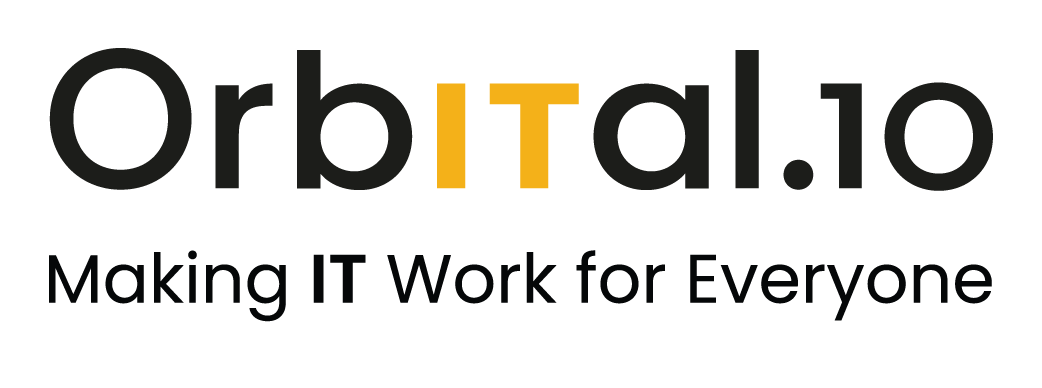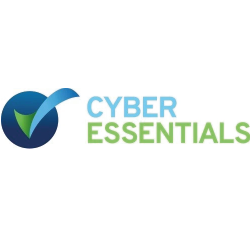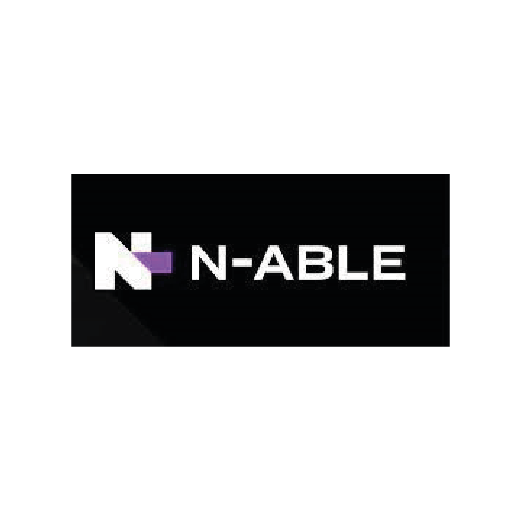The Patch Stats.
Patching prevents data breaches. Fact. So why are many businesses unaware of how vulnerable they are because they are not managing patches?
What are patches?
A patch is a set of changes to a computer program or its supporting data – these changes are designed to update, fix or improve the programme as well as close security holes. In terms of data security, these patches are a critical tool in the war against cyber criminals and cyber attacks. Think of a patch as the lock on a door into your data network. Would you willingly leave that door unlocked?
The Patch Stats
48% of organisations had one or more data breaches in the past two years.
62% of those organisations were unaware they were vulnerable to a data breach.
Patching could have prevented many of these data breaches.
60% of the data breaches were due to unapplied patches.
Most data breaches are due to human error and criminal attacks.
50% of breaches were due to human error.
One of the biggest delays in patching vulnerabilities quickly is reliance on manual processes.
30% increase in downtime due to patching of vulnerabilities.
Threat intelligence, incident response platforms and security automation reduce downtime.
Only 46% use this technology.
Why is patch management important?
Not only will having the latest versions of software mean more effective operations, but patching will also improve performance as well as keep devices and networks secure. Furthermore, patches will ensure you are remaining compliant with security and privacy regulations.
Although some patches will automatically be installed when devices are in use, this is not guaranteed. When was the last time you checked to see if you needed any updates and if they had been done correctly? Remember, in your business there will be numerous devices, numerous programmes and your entire network to keep up to date with. Who manages this?
It is vital that you have a Patch Management process in order to remove risk and ensure compliance and operational effectiveness. Patch Management can be centralised and it can be outsourced, just talk to your IT provider. But however you do it, you really must do it.
More information and solutions can be found here >
Topics: patch management, downtime, IT vulnerabilities, cyber security, data protection
Source: PONEMON INSTITUTE LLC



























